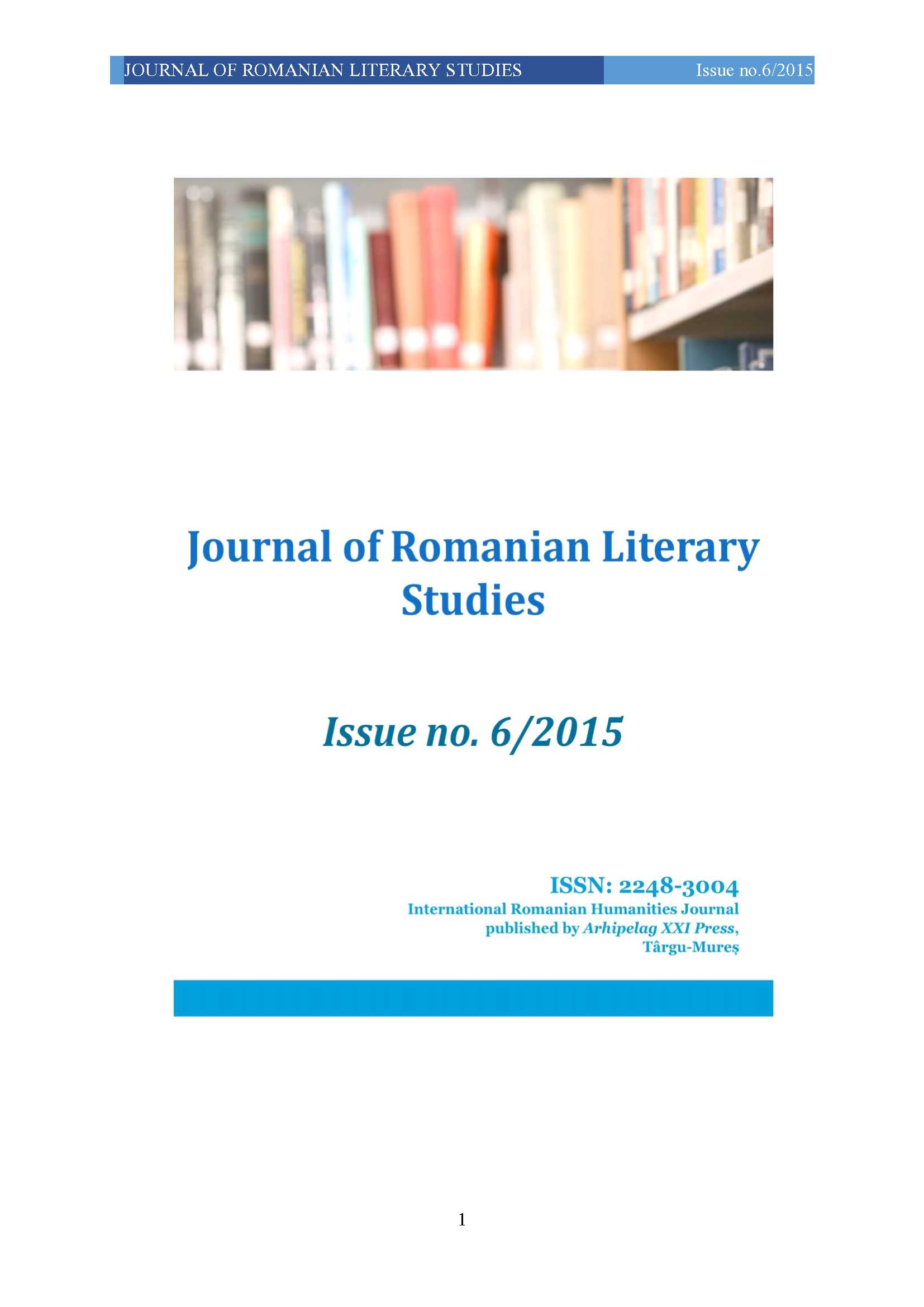ELEMENTS OF AESTHETIC IDENTITY IN CHARLES BAUDELAIRE’S WORK
ELEMENTS OF AESTHETIC IDENTITY IN CHARLES BAUDELAIRE’S WORK
Author(s): Simona-Andreea ȘovaSubject(s): Language and Literature Studies, Literary Texts
Published by: Editura Arhipelag XXI
Keywords: art; aesthetic; poetic vision; artistic experience; cultural identity
Summary/Abstract: Of course, it can’t be a question of applying Charles Baudelaire (1821-1867) the label of symbolist poet. From a chronological point of view, he precedes the movement with so many years (he starts writing art criticism in 1845 and gives the most important part of his critical work between 1857 and 1861) – that he can only be considered a “precursor”, term which however, on the other hand, does not entirely fit a writer of his value, with such an original critical force and sensibility; we see in him, rightly, one of the most important critics of the 19th century. The main share of his critical creation regards, of course, plastic arts and, although we can’t say that he was a systematic theoretician, Baudelaire remains an important aesthetician and a literary critic of distinguished attire. It is also true that neither the aesthetic side, nor the critical one reaches the level of novelty and originality of his sensibility, a quality that makes a magnus parens of the entire modern poetry out of him. It is because of the poet Baudelaire, that his aesthetical and critical writings drew so much attention: we must add that – with very few exceptions – neither the aesthetic, nor the criticism of Baudelaire is actually situated at the level of a rationalization of the poetics implicit in his proper creation. But Baudelaire’s aesthetic plays nonetheless an important historical role in the transmission of certain romantic motives from the predecessors to the end of the 19th century, not the “romanticism” in the French meaning of emotionalism, of cult of nature and exaltation of the ego, but, sooner, the German and English inspiration doctrine regarding the creative imagination, the rhetoric of certain metamorphoses and the role – central, here – of the symbol.
Journal: Journal of Romanian Literary Studies
- Issue Year: 2015
- Issue No: 06
- Page Range: 1213-1219
- Page Count: 7
- Language: English

